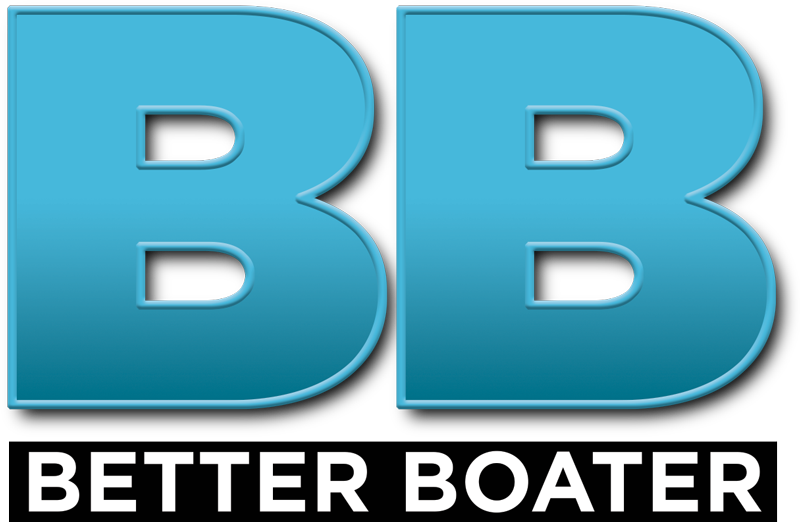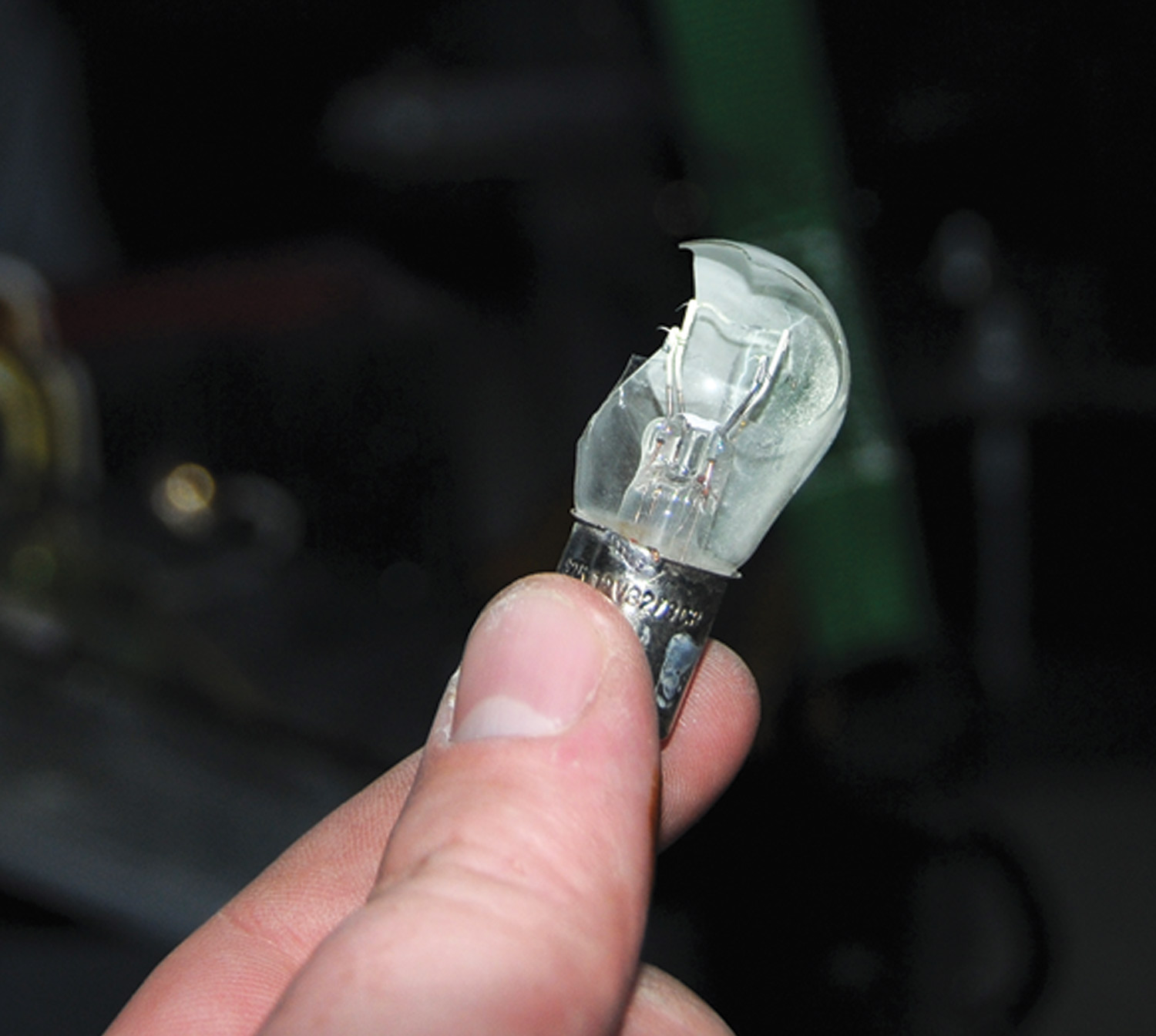
Get a trailer with good, solid bunks. Those wooden supports are an essential part of any trailer and they have a great deal to do with the success or failure of the structure. They should be strong, stiff, and able to support the weight of the boat. They should extend all the way to the transom.
Check the position of the axle under the frame. Is it adjustable? Is it far enough forward to allow the trailer to balance? There are far too many trailers out there that cannot maintain the proper balance between the trailer and the tow vehicle.
Tongue weights tend to run high and pressure on the bumper of the tow vehicle is far too great. This condition is undesirable to say the least, and may be dangerous in the extreme. On icy, muddy or rain-slick roads, the overloaded tongue can be deadly.
The winch should be able to load the boat without undue strain on the operator. I really prefer drive-on trailers but you might have to crank that winch someday if the engine is dead. Power winches are a good idea if you are concerned about the physical aspects of loading.
Safety chains are a must and they should be adequate to restrain the trailer if the coupler fails. Be certain that your tow vehicle has proper receptacles for those chains also. Lights are important. Stop lights, tail lights and turn signals are a must for the trailer. Check them frequently for proper performance.
For starters, inspect your wheel bearings carefully and at frequent intervals. If your bearings should fail at a slow rate they will probably take the tires with them. Those tires will begin to run out of line as the bearings wear and the tread will surely suffer.
Bearing protectors (Bearing Buddies, etc.) go a long way toward keeping the bearings greased. After many launchings however, the bearings may be full of grease but that grease may also be contaminated. I have seen some really ugly stuff come out from behind those spring-loaded devices.
Check the coupler and see if the clamp is tight on the hitch ball. When the coupler is closed the inner clamp should be snug but not bound. Pick up on the tongue strongly and see if it rattles. The retainer bolt should be fitted with a self-locking, elastic nut and wherever you set it, that nut should stay.

Always keep your tires inflated to the correct pressure and be certain that the treads have the proper depth. Look for weather cracks on the sidewalls, and if you are not certain about what you are seeing, ask an expert.
Check the tension on all the bolts and nuts on a periodic basis. Trailers are subject to a great deal of vibration and this vibration can cause screws to loosen up. All bolts on your trailer should either be self lockers or have one of the special vibration resistant washers affixed.
Lights should be inspected frequently. Bulbs should be replaced, wiring renewed, plug-ins updated, and cracked lenses repaired—all as needed. This safety group should be subject to inspection before every trip. The inspection could save the cost of a ticket. It may even save your life.
If you should discover that the lights or wiring need attention, solder the joints and use tinned wire. Tinned wire does not corrode so badly when the trailer is submerged and it is easily soldered. Any light that you change out should be replaced with a submersible, marine product.
If only the bulbs are to be replaced, you should use lamps of the same candlepower as those presently on your trailer to maintain the integrity and appearance of the array as seen from a trailing vehicle. Always carry spares.

The bunks on your trailer should be inspected for cracks or breakage. Those wooden bunks are generally good for many years but it never hurts to check now and then. Wood is notoriously forgiving, yet if a bunk breaks or cracks, the hull of your boat will rest solidly upon those upstanding steel supports. And that could be a problem.
The carpet that covers your bunks should be checked at the ramp, after launching your boat. Just take a moment or two to be sure that there will be something soft to protect the finish and the integrity of the hull. Think about it the next time you launch and check while the trailer is empty.
The rollers, if there are any on your trailer, should also be inspected at this time. Look for cracked rollers or broken spindles and be sure the mountings are solid. Bolts that hold those mounts may be rusty or the washers rusted out and gone.
Periodically you should clean and grease your winch. Check the winch rope for abrasions or the strap for cuts. Check the ratchet and be sure the gears and pawl are working properly. The spring that operates the pawl may need replacement. Springs are not galvanized and they do rust.
Check the axle for rust or corrosion. I touch up any rust spots on the trailer with a zinc-rich, cold-galvanizing spray from a can. Brush off the old rust, treat the area with Ospho or Metal Prep, and then spray on the cold galvanizing. It works very well.
You can undoubtedly think of many additional selection and maintenance items that I have missed, but what we’ve covered here should start you in the right direction. If you keep up the listed checks you will probably be in pretty fair shape.